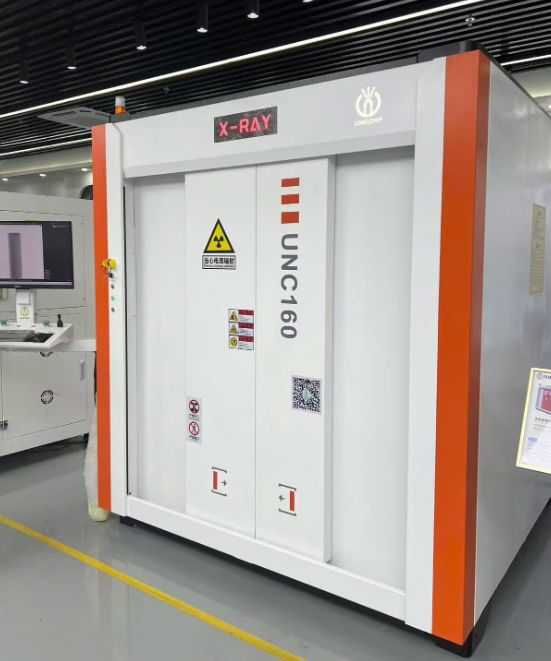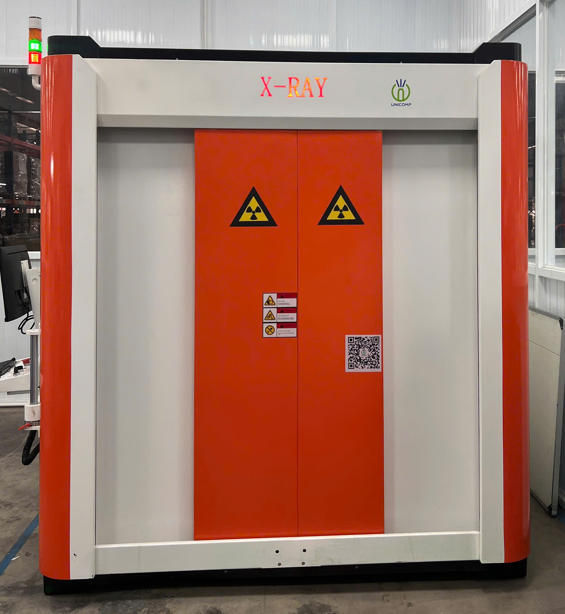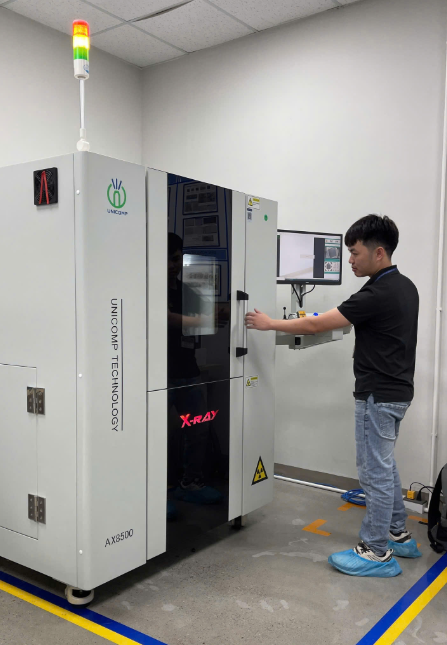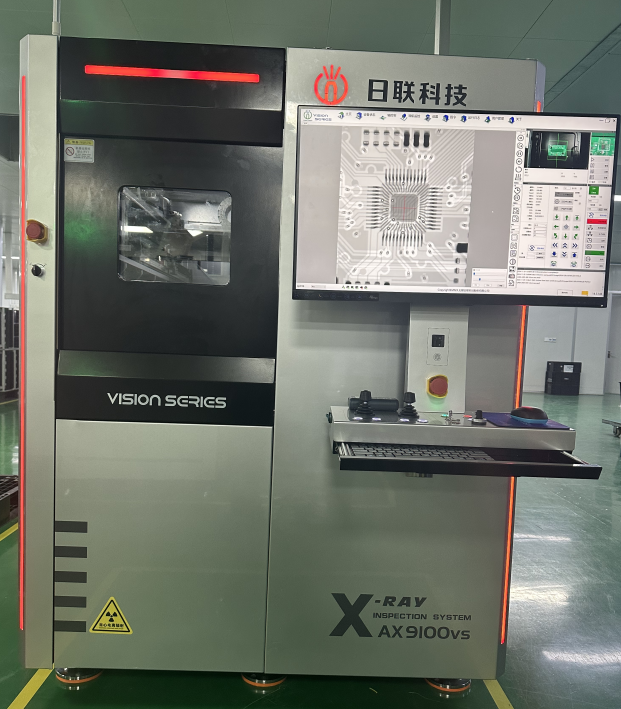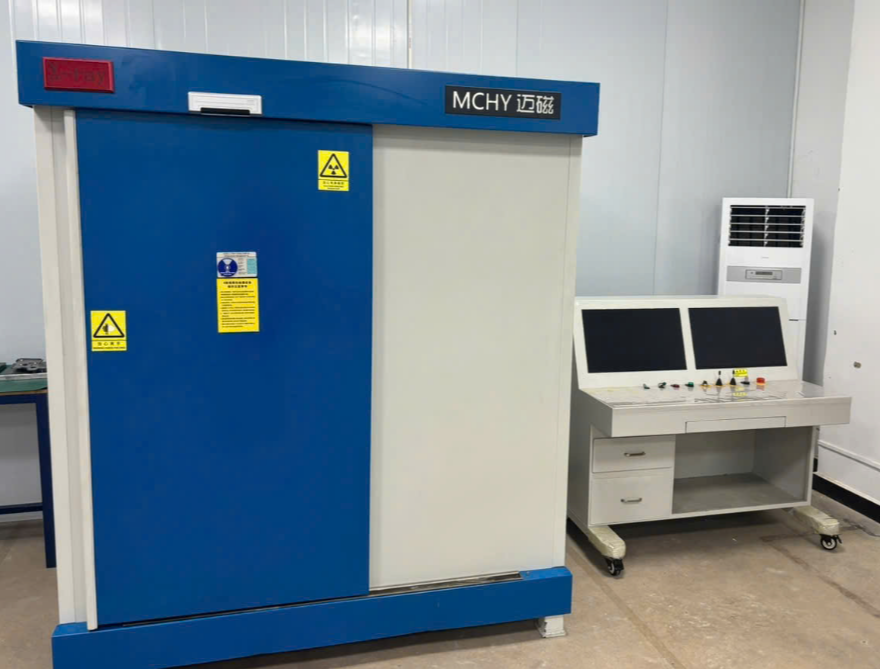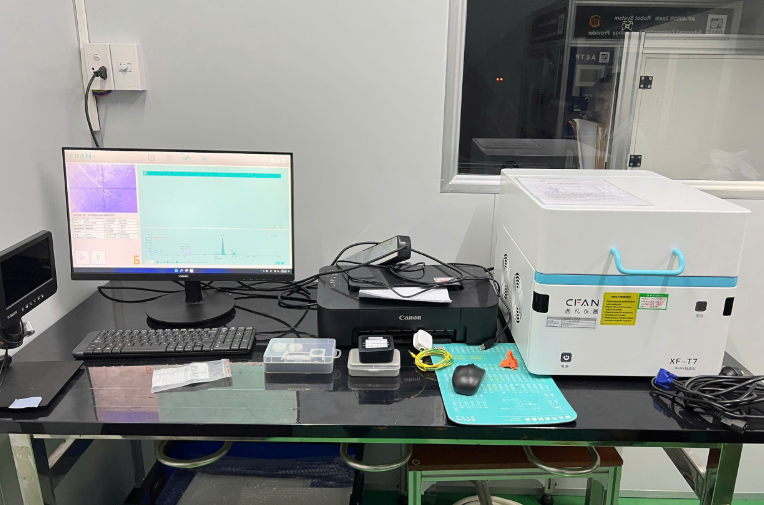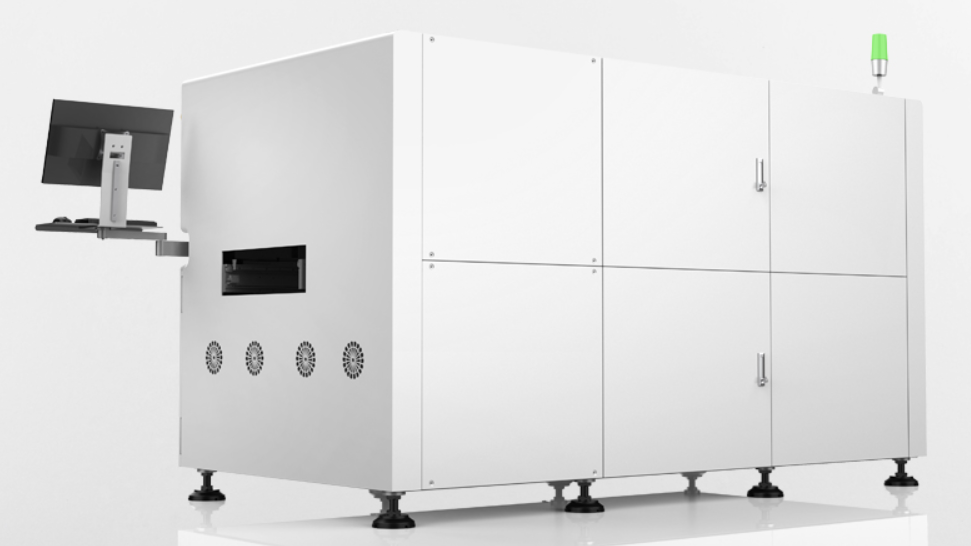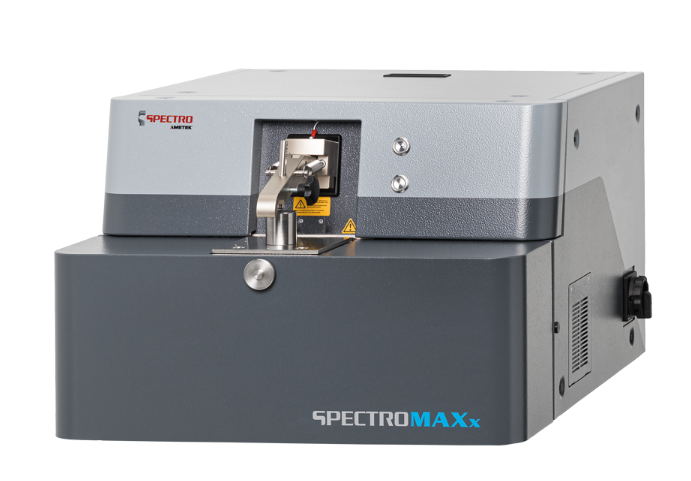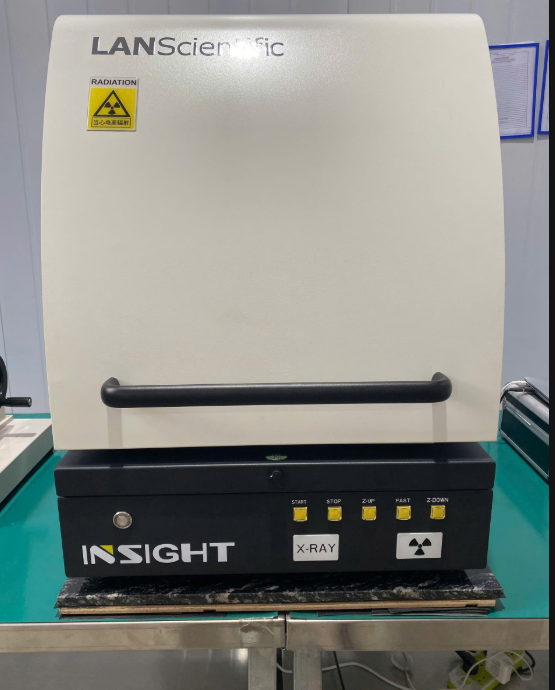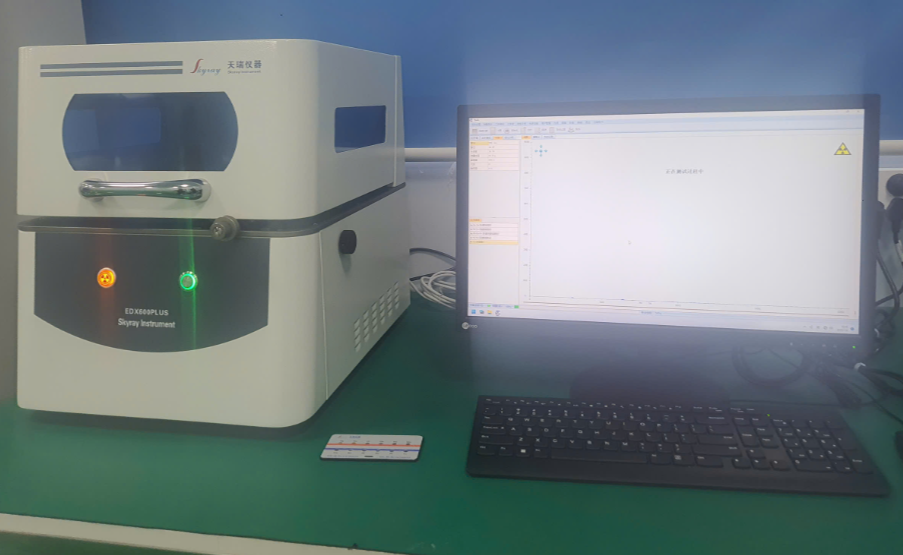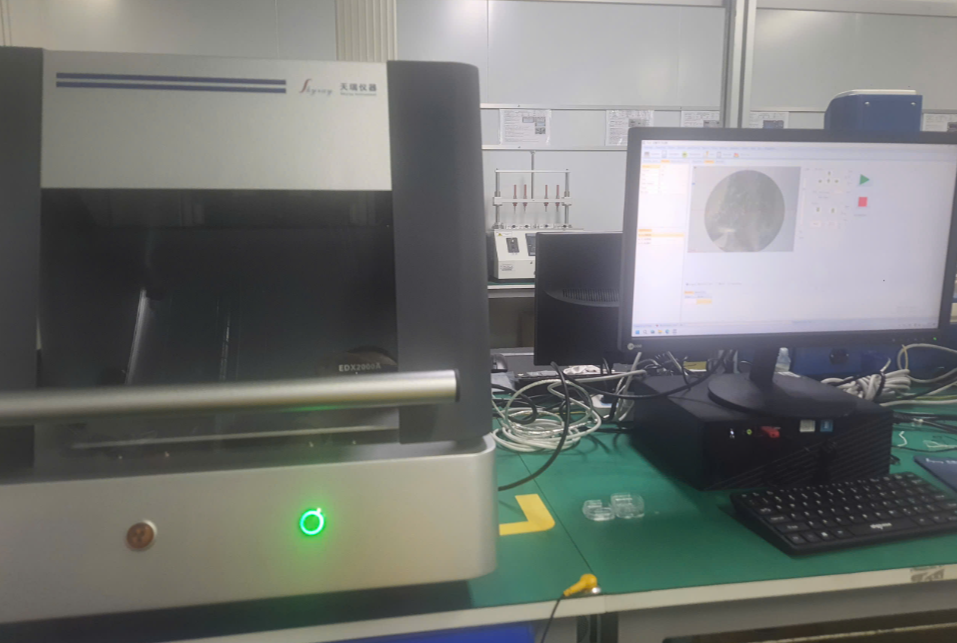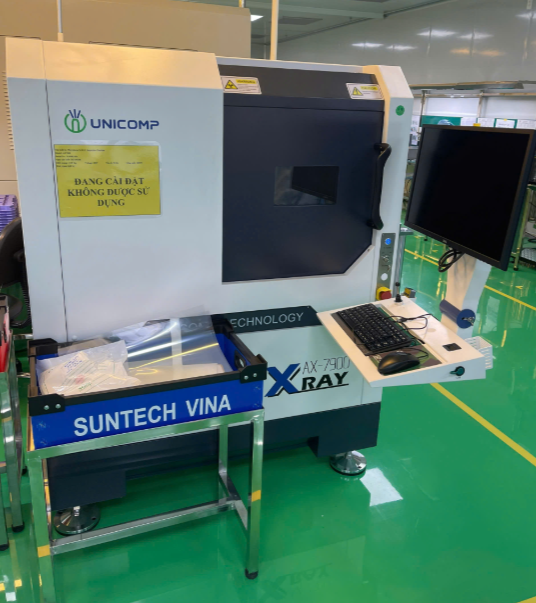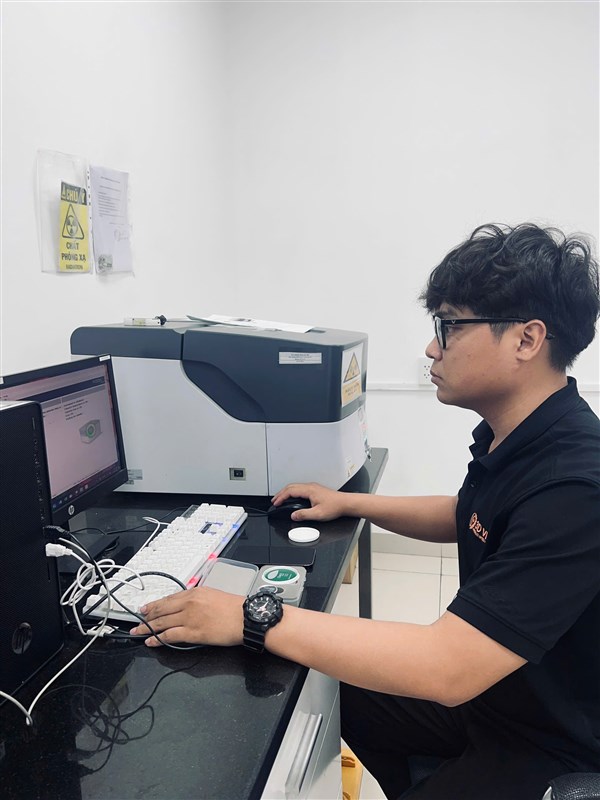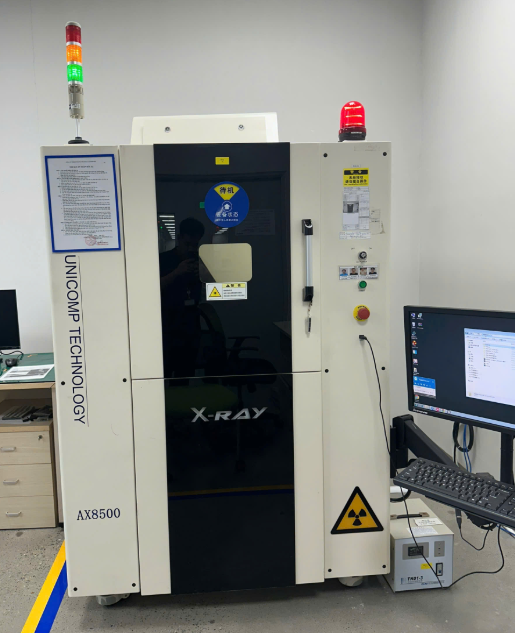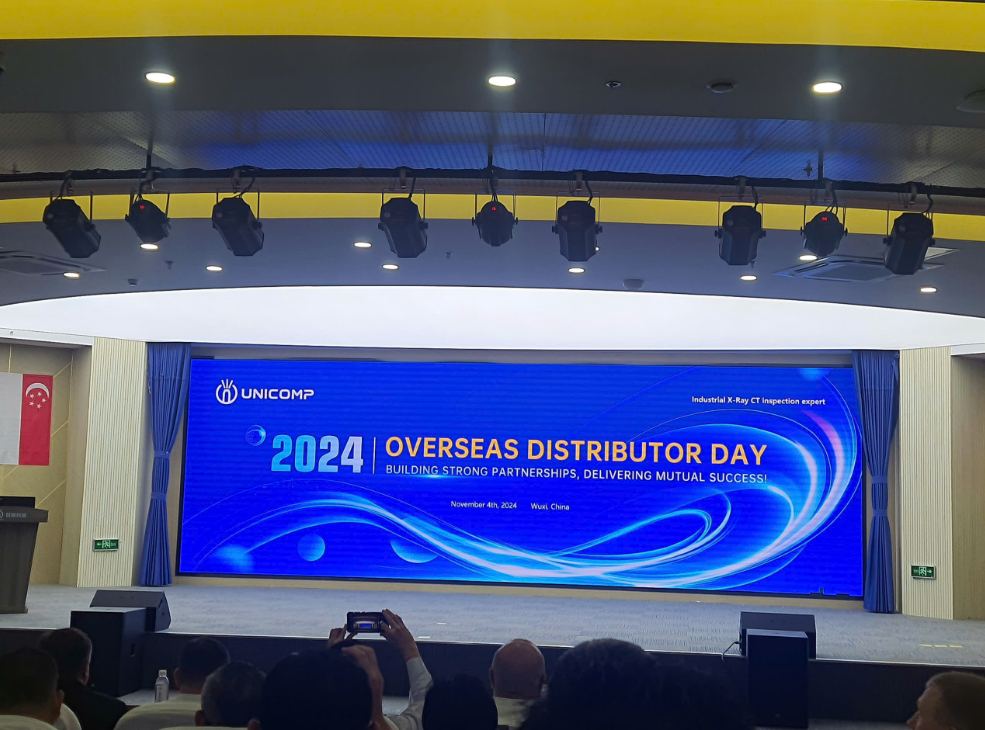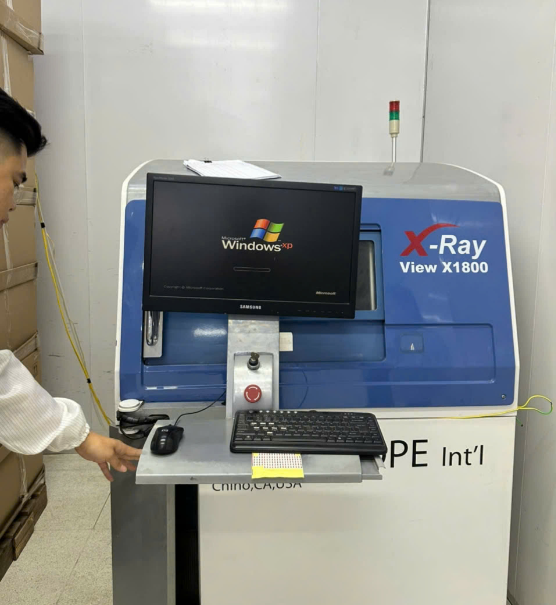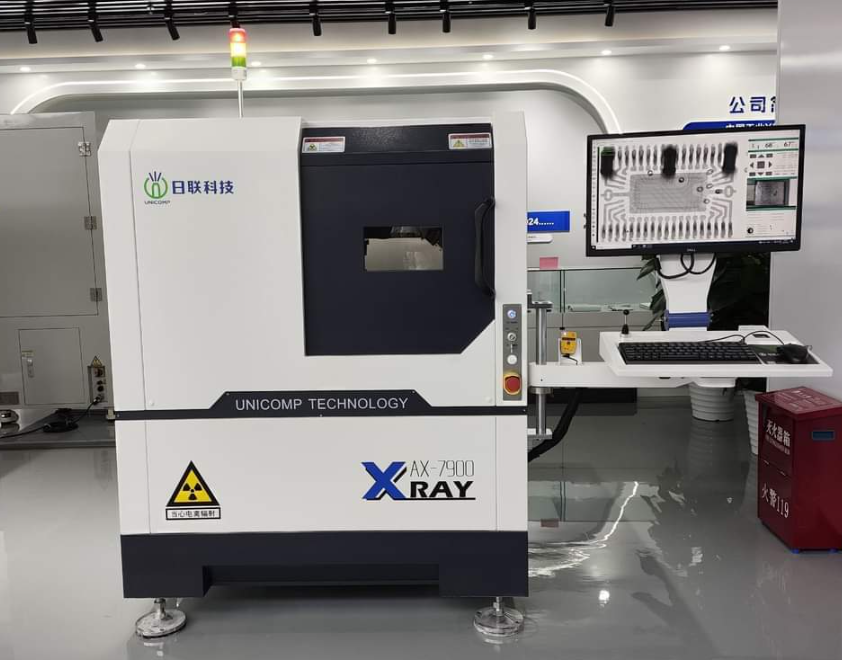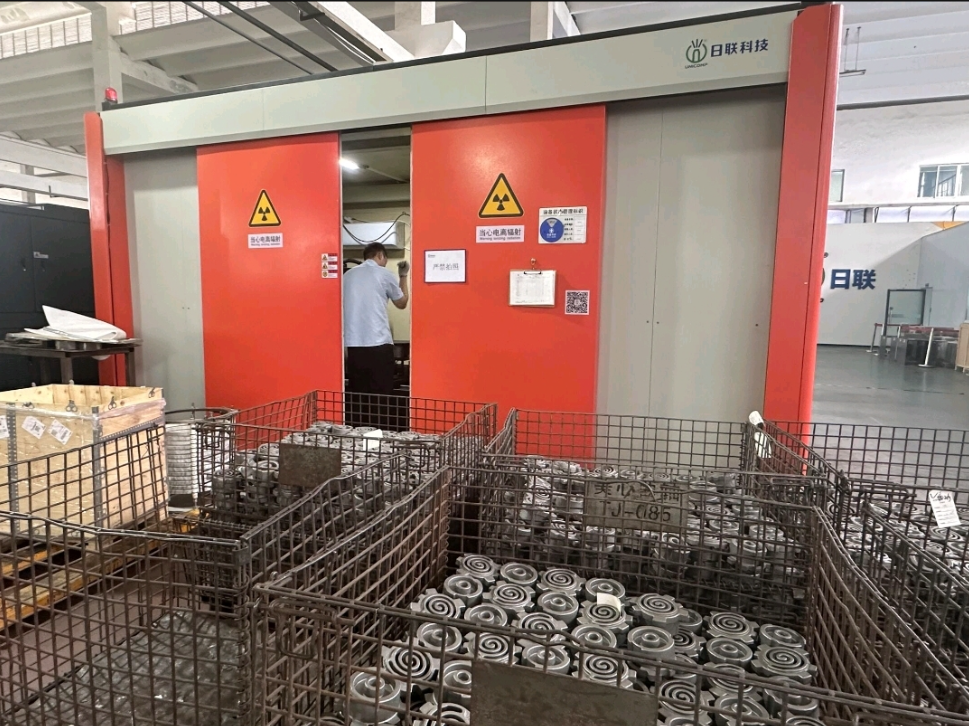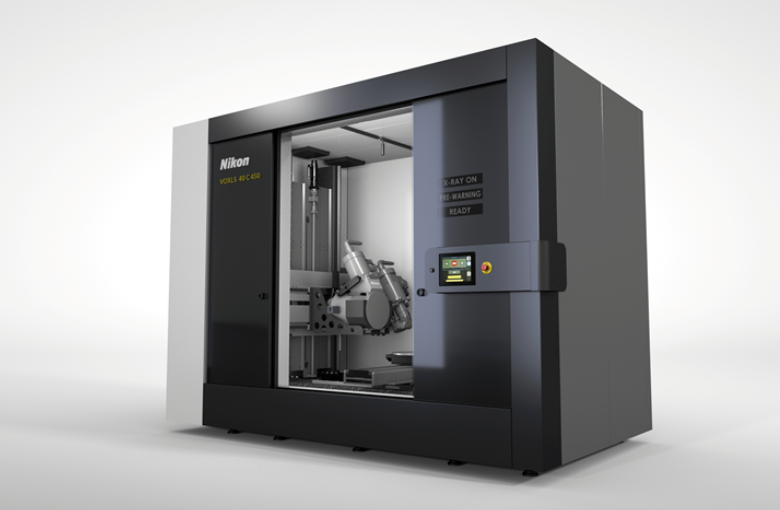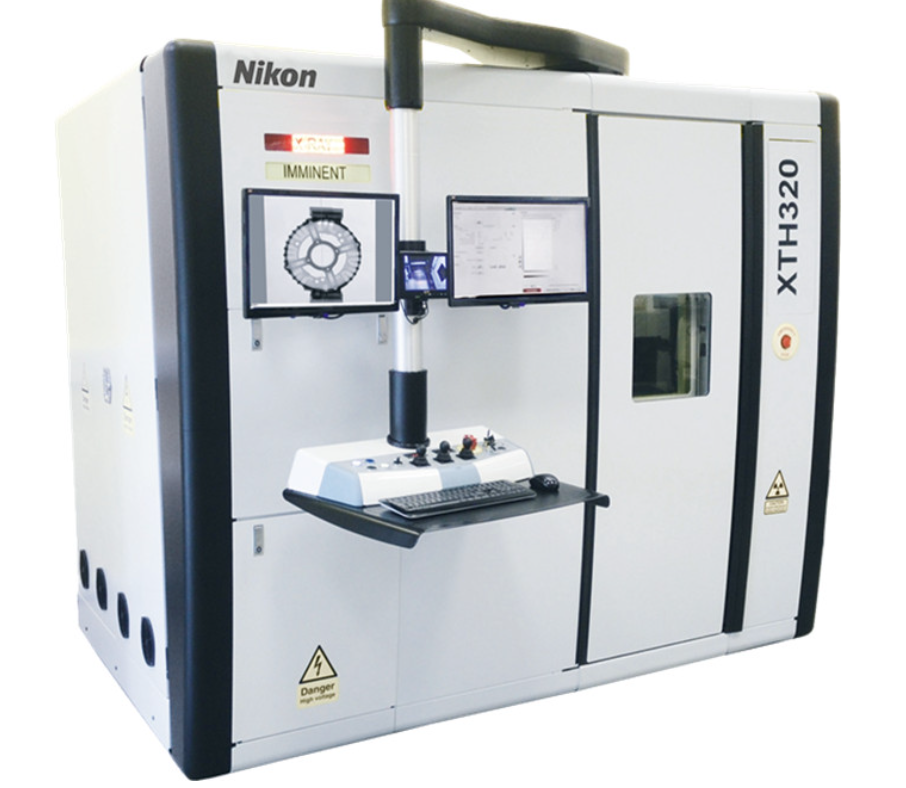X-ray computed tomography (CT) as a non-destructive technique for imaging the internal structure of objects underwent significant technical and instrumental development at the turn of the millennium. This enabled its more significant use outside the medical environment and its expansion into industry. Today, CT is an indispensable tool for problem solving, design, improvement and product quality control. Current trends in the development of industrial CT are in robotics for automating inspections, improving the resolution down to the level below microns or in the implementation of high energy sources (linear accelerators) for the inspection of large and massive objects.
The accredited CT laboratory of the Central European Institute of Technology of the Brno University of Technology (CTLAB CEITEC) is currently striving to use high-energy CT technology based on a linear accelerator. It thus follows up on activities in which it has been successfully cooperating with Czech and foreign research and industrial entities in the field of research, development and application of CT for 10 years and educates future professionals in this field. The laboratory is a partner of the world’s leading CT manufacturers, such as Waygate Technologies | Baker Hughes Digital Solutions (formerly GE Inspection Technologies), USA; Rigaku, Japan and Thermo Fisher Scientific, USA.
Building a unique infrastructure for a new generation of industrial X-ray computed tomography (CT) using a high-energy linear accelerator (under the working name LINACTON) will mean a significant shift in non-destructive testing (NDT) and in some respects European leadership in the use and further development of this technology. The technology offers dimensional inspection, porosity evaluation, assembly part position verification, OK / NOK comparison, reverse engineering and 3D printing optimization for non-destructive testing of large and heavy samples, which have not previously been possible to control with this method. It is in the field of 3D printing that this technology has proven to be an ideal variant of NDT, especially for large or complicated parts, for which there is practically no other adequate solution for these purposes.
Another advantage of industrial CT is the acquisition of digital 3D data, which allows the direct use of this diagnostic technique for Industry 4.0. This also applies to high-energy CT and the inclusion of NDT 3D printed metal or concrete parts will be the subject of further research in the emerging new infrastructure.

